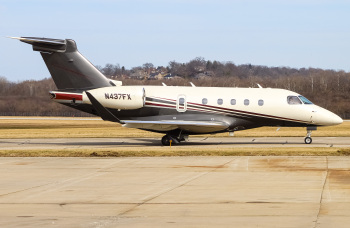The Boeing B-17 Flying Fortress is one of the most iconic aircraft of the twentieth century. Developed in the late 1930s by the Boeing Aircraft Company, it was the first heavy bomber to see extensive service in World War II. Its rugged construction, long-range capability, and heavy armament made it a formidable weapon in Allied hands and a nightmare for Axis powers.
Boeing did a great job of designing the B-17. Its construction was incredibly robust, allowing it to withstand heavy anti-aircraft fire and still return its crew home safely. Its four powerful Wright Cyclone engines gave it a top speed of over 300 mph and a range of over 2,000 miles, allowing it to reach targets deep in enemy territory. Its defensive armament of up to thirteen .50 caliber machine guns provided an effective deterrent to attacking fighters. The B-17 was also highly maneuverable for an aircraft of its size, making it a difficult target for enemy gunners.
Where the B-17 could have been improved is in its crew requirements. The aircraft was designed for a crew of nine, with the pilot, copilot, bombardier, and navigator each having to fly in a separate crew compartment. This meant that communication between crew members was difficult and awkward, and it also meant that the aircraft was limited in the number of crew members it could carry.
The B-17 also had limited offensive capabilities. Its payload capacity was limited to only four-thousand pounds, meaning it could only carry a relatively small number of bombs. The plane also lacked the ability to accurately drop bombs at higher altitudes, limiting the effectiveness of its bombing runs.
Overall, the Boeing B-17 was an excellent aircraft that played an important role in the Allied victory in World War II. Its rugged construction and long-range capability made it a formidable weapon and it was instrumental in bringing the war to a successful conclusion. The limited crew requirements and offensive capabilities can be seen as disappointments, but they do not detract from the plane’s overall effectiveness. The B-17 will always be remembered as one of the greatest aircraft of the twentieth century.




Comments